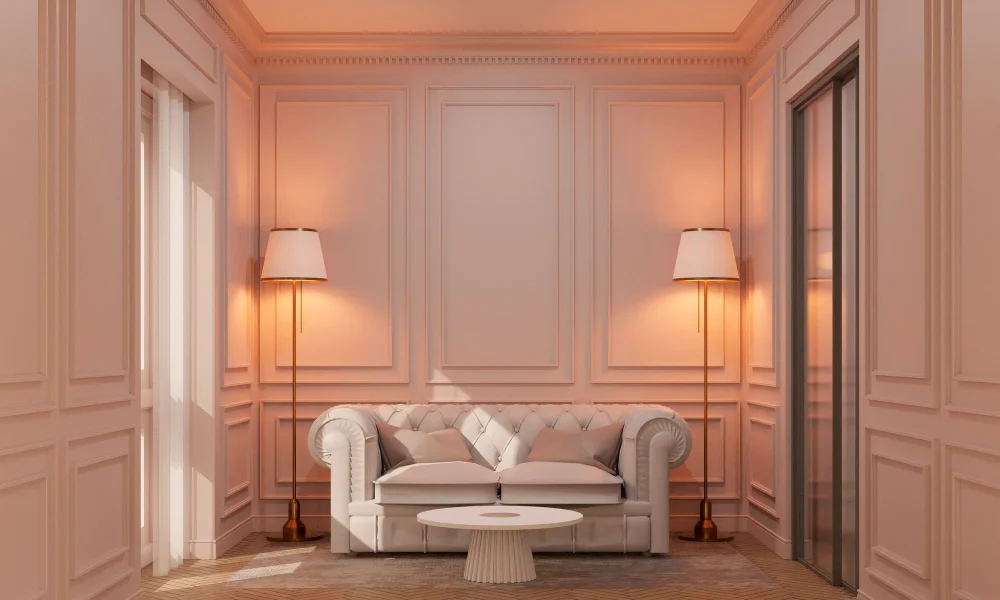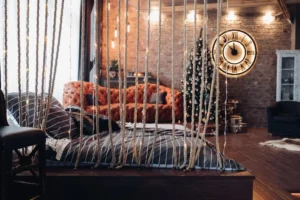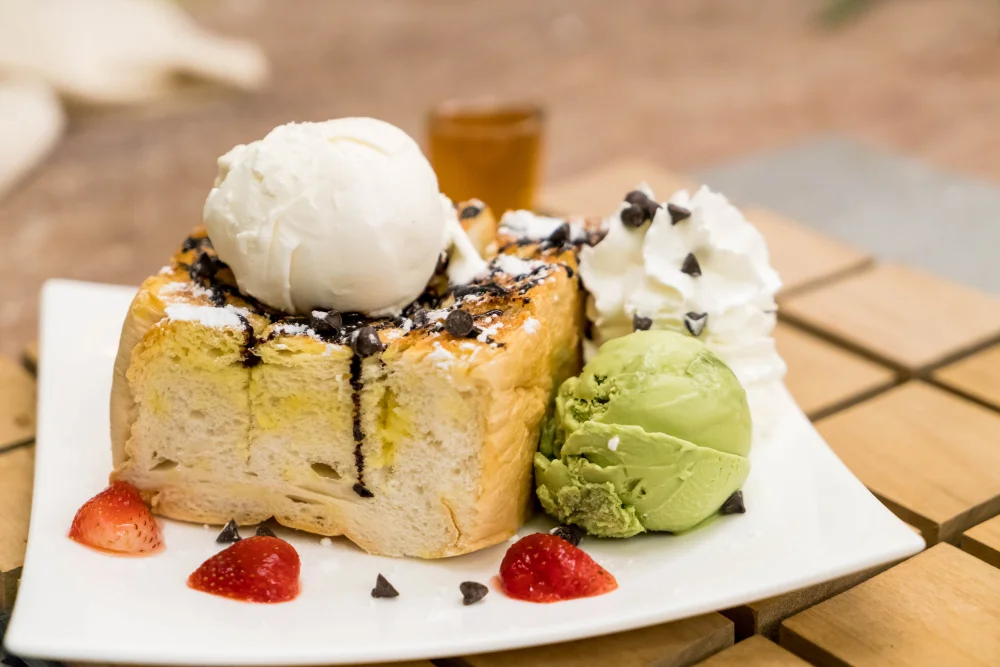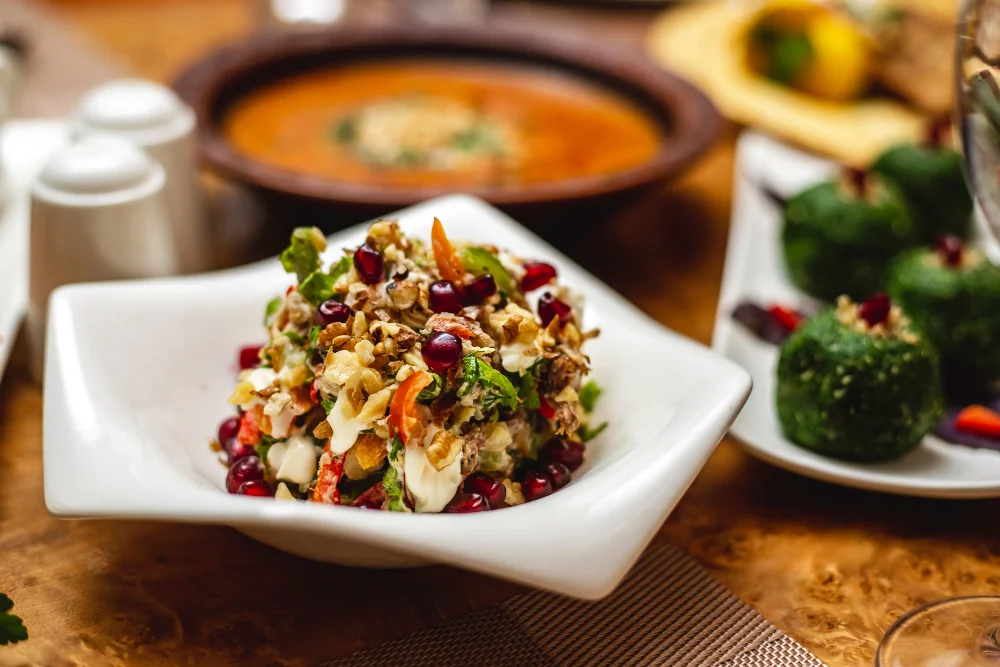Modern Victorian interior design is a stunning way to bring together the elegance of the Victorian era with modern functionality. This design style emphasizes sophistication, ornate details, and luxurious textures while adding contemporary touches to ensure the space feels fresh and livable. By combining the richness of Victorian aesthetics with clean modern lines, homeowners can create interiors that are both timeless and stylish.
This article explores the key principles, elements, and practical tips for achieving a modern Victorian interior, offering inspiration and guidance for anyone looking to enhance their home with this refined design style.
Understanding Modern Victorian Interior Design
Modern Victorian interior design merges the decorative grandeur of the Victorian era with modern simplicity. The Victorian period was known for lavish patterns, rich colors, and intricate furniture designs. This style ensures the charm and history of classic Victorian design remain while providing functionality that modern homeowners need.
The essence of this design lies in the balance of ornate details paired with minimalist elements to prevent spaces from feeling cluttered. For example, a heavily carved antique chair can coexist with sleek modern lighting or abstract artwork, creating a visually appealing contrast that highlights the best of both eras.
Architectural Details in Modern Victorian Homes
Victorian architecture is renowned for its intricate detailing, which adds elegance, depth, and character to interiors. These features can be preserved to maintain historical charm or subtly updated to suit contemporary tastes. Incorporating architectural elements such as moldings, trims, medallions, and fireplaces allows modern Victorian interiors to feel timeless while remaining functional and stylish.
Blending ornate Victorian details with modern finishes allows homeowners to create a space that honors tradition without feeling outdated. Ceilings, windows, fireplaces, and archways become focal points, enhancing the overall ambiance and sophistication of a room.
Key Architectural Elements
-
Crown Molding and Decorative Trims: Highlight room structure, define spaces, and add elegance without overwhelming the room. They can be painted in neutral shades for a modern appeal.
-
Fireplaces: Serve as visual focal points in living areas. Sleek finishes or marble surrounds modernize traditional designs while mantels preserve Victorian charm.
-
Stained Glass Windows: Add vibrant color and light effects, reflecting Victorian artistry. Minimal framing helps them suit modern interiors.
-
Archways and Columns: Enhance room structure, create natural separation between spaces, and maintain historical aesthetics while complementing contemporary design.
These architectural details provide a strong foundation for modern Victorian interiors. By combining traditional craftsmanship with modern updates, rooms feel balanced, visually appealing, and full of character.
Foundational Aspects of Modern Victorian Décor

Modern Victorian interiors are defined by elements that create a harmonious blend of old-world elegance and contemporary style. By carefully combining traditional Victorian details with modern touches, this design style produces spaces that feel both luxurious and functional. From color palettes to furniture choices, every element plays a role in achieving balance and sophistication.
Rich Color Palettes
Jewel tones such as emerald green, burgundy, and sapphire are characteristic of Victorian design, adding depth and richness to interiors. These bold colors are often paired with neutral shades like cream, beige, or soft gray to create balance and prevent the space from feeling overwhelming. Using a thoughtful mix of tones can highlight architectural details or act as a backdrop for furniture and accessories, maintaining a sophisticated yet inviting atmosphere.
Luxurious Fabrics
Fabrics play a crucial role in modern Victorian interiors by adding texture and opulence. Velvet, brocade, and silk are commonly used for upholstery, drapery, and cushions, giving the space a sense of luxury and comfort. Combining these rich materials with lighter fabrics like linen or cotton can prevent heaviness while creating layered textures that are visually appealing and tactile.
Ornate Furniture
Antique-inspired furniture with intricate carvings and detailed finishes is a hallmark of Victorian style. In modern Victorian interiors, these pieces are balanced with contemporary elements to avoid overwhelming the space. For example, a carved wooden armchair may be paired with a sleek, minimalist coffee table, blending historical charm with modern functionality and creating a well-balanced aesthetic.
Modern Accents
Contemporary accents bring a fresh, livable feel to Victorian-inspired spaces. Minimalist furniture, modern artwork, and streamlined décor help balance the ornate features typical of Victorian interiors. These accents prevent the room from feeling too heavy or old-fashioned while allowing key traditional pieces to stand out and remain the focal points of the design.
Color Schemes for Modern Victorian Interior Design
Colors play a crucial role in achieving a modern Victorian look, setting the tone and tying all design elements together. A well-chosen palette can create a sophisticated, inviting atmosphere while balancing the opulence of Victorian aesthetics with contemporary simplicity. Deep jewel tones combined with soft neutrals, accented walls, and metallic finishes help create rooms that feel rich yet modern.
Key Color Elements
-
Jewel Tones with Neutrals: Combining shades like forest green, plum, or navy with soft neutrals creates a harmonious and balanced look.
-
Bold Accent Walls: Painting one wall in a rich color draws attention to architectural features without overwhelming the space.
-
Metallic Finishes: Gold, brass, or bronze accents add a luxurious and refined touch.
-
Layering Colors: Using complementary colors in upholstery, curtains, rugs, and décor adds depth and visual interest.
Careful selection and layering of colors allow homeowners to capture Victorian grandeur while maintaining a fresh and modern interior aesthetic.
Furniture Selection in Modern Victorian Interior Design

Choosing the right furniture is essential for achieving balance in modern Victorian interiors. Antique-inspired pieces bring historical charm and character, while modern additions provide comfort and practicality. Combining these elements allows rooms to feel elegant and functional without overwhelming the space.
Mixing ornate detailing with simpler, contemporary shapes ensures harmony between Victorian opulence and modern minimalism. Velvet Victorian-style sofas, intricately carved dressers, and antique cabinets can serve as statement pieces, while minimalist coffee tables and modern chairs prevent the room from feeling heavy.
Layering materials such as wood, glass, and metal adds texture and visual interest. This thoughtful blend of old-world craftsmanship and modern design creates interiors that are stylish, inviting, and livable, reflecting both historical elegance and contemporary sensibilities.
Lighting in Modern Victorian Homes
Lighting plays a vital role in shaping the ambiance of modern Victorian interiors, enhancing both traditional and contemporary elements. A thoughtful combination of natural and artificial light helps highlight architectural details, textures, and furniture while creating a warm and inviting atmosphere. Using a mix of classic and modern lighting solutions ensures the space feels balanced, elegant, and functional.
Chandeliers remain a defining feature in Victorian-inspired interiors, but updating them with modern materials or sleek designs can bring a contemporary twist. Floor and table lamps provide additional layers of lighting and complement both ornate and minimalist décor.
Maximizing natural light with large windows and strategically placed mirrors not only brightens rooms but also emphasizes depth, textures, and color, making the space feel more spacious and vibrant.
Textures and Fabrics in Modern Victorian Interiors
Textures and fabrics play a central role in defining the tactile and visual appeal of modern Victorian interiors. By combining heavy and light materials, homeowners can create depth, contrast, and a rich, inviting atmosphere. Luxurious upholstery, patterned rugs, and layered textiles help balance Victorian elegance with modern comfort, making spaces both stylish and livable.
Key Texture and Fabric Elements
-
Mix Heavy and Light Fabrics: Combine velvet, brocade, or silk with lighter linens or cotton to create balance and visual interest.
-
Patterned Rugs: Use rugs with intricate or geometric designs to anchor spaces and add sophistication.
-
Cushions and Throws: Add comfort and layered textures for a cozy and elegant feel.
-
Layering Textiles: Mix curtains, upholstery, and decorative throws to enhance warmth, depth, and luxury.
Thoughtful use of textures and fabrics ensures that modern Victorian interiors feel elegant, welcoming, and perfectly balanced between historic charm and contemporary style.
Accessories and Art in Modern Victorian Interior Design
Textures and fabrics are essential in creating the tactile and visual appeal of modern Victorian interiors. By carefully combining heavy materials like velvet, brocade, and silk with lighter fabrics such as linen and cotton, homeowners can achieve depth, contrast, and a rich, inviting atmosphere.
Rugs, cushions, and curtains with intricate patterns, geometric designs, or Victorian-inspired motifs add sophistication and help balance the opulence of traditional décor with modern comfort. Layering textiles throughout a room enhances warmth and luxury while creating a cohesive, elegant look.
Thoughtful use of upholstery, throws, and decorative fabrics allows each element to contribute to the overall aesthetic without overwhelming the space. This approach ensures that modern Victorian interiors feel both stylish and livable, blending historical charm seamlessly with contemporary design sensibilities.
Conclusion: Modern Victorian Interior Design
Modern Victorian interior design offers a unique way to merge the elegance of the past with the practicality of contemporary living. By thoughtfully combining ornate Victorian elements such as intricate furniture, luxurious fabrics, and architectural details with modern touches like minimalist furniture, sleek lighting, and clean lines, homeowners can create spaces that feel both timeless and fresh.
This style emphasizes balance, ensuring that historical charm does not overpower functionality, resulting in interiors that are inviting, sophisticated, and visually striking. Incorporating modern Victorian elements requires careful planning of color schemes, textures, lighting, and accessories.
For instance, while planning your home’s layout, you might take inspiration from travel destinations with rich architectural heritage, such as the places to visit in Arizona, to incorporate unique accents and textures into your interior design.
By layering fabrics, selecting statement pieces, and mixing traditional and contemporary decor, you can achieve harmony and cohesion throughout your home. Ultimately, modern Victorian interior design allows you to enjoy the grandeur of the Victorian era while embracing modern comforts, creating a living space that is both stylish and livable for years to come.











